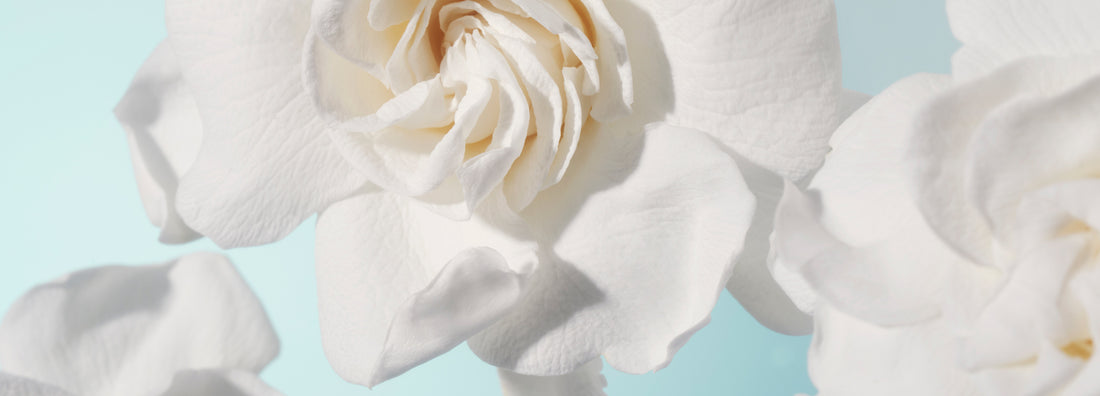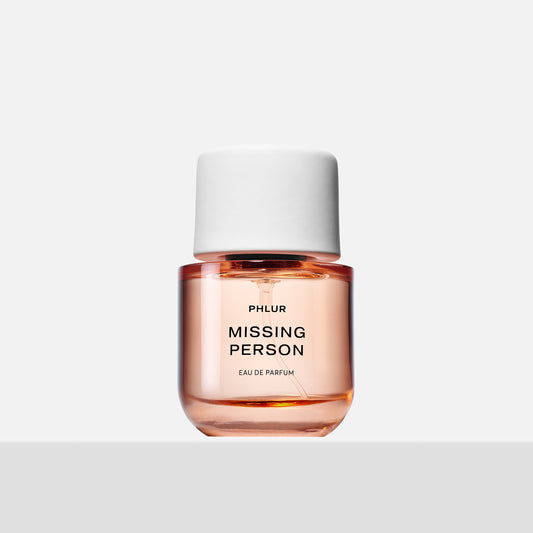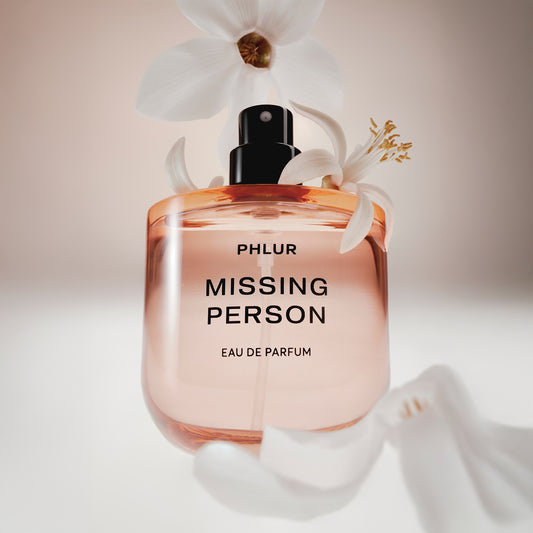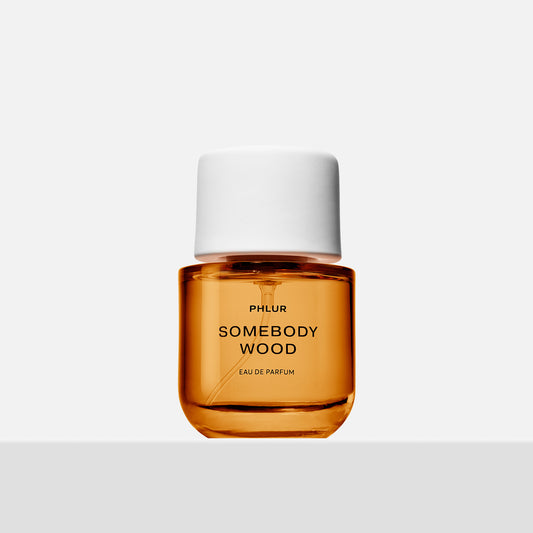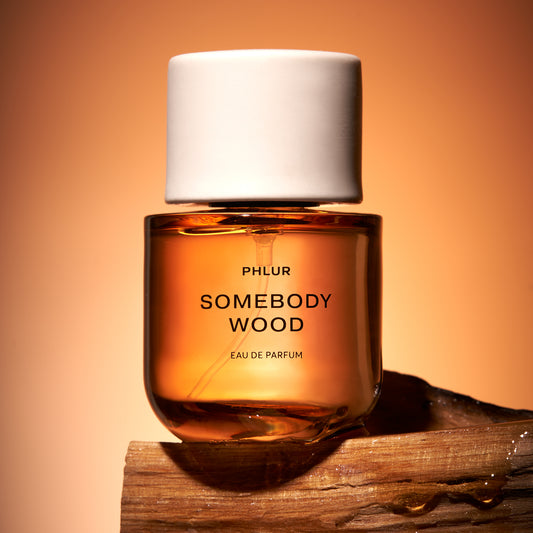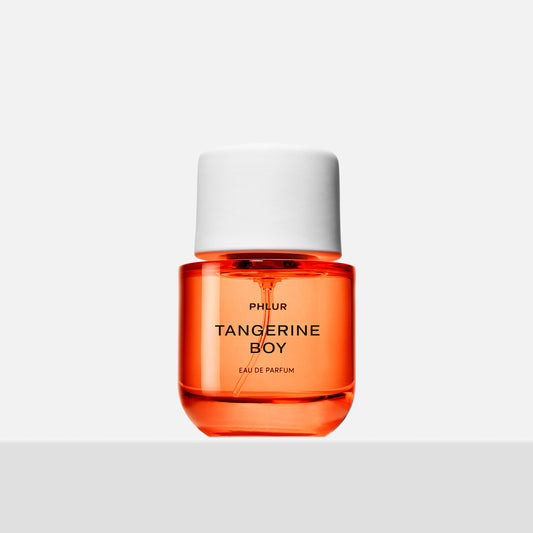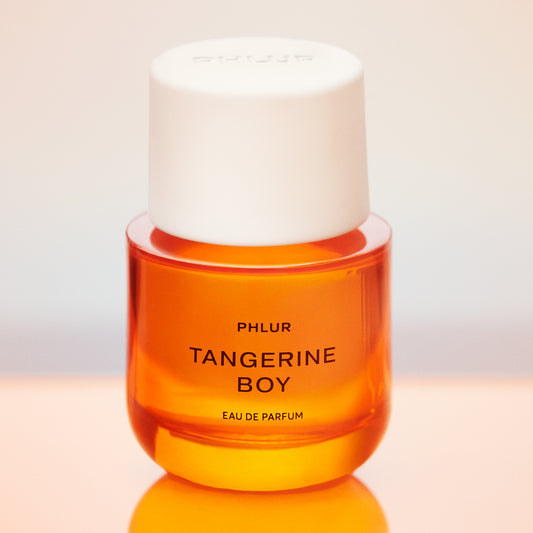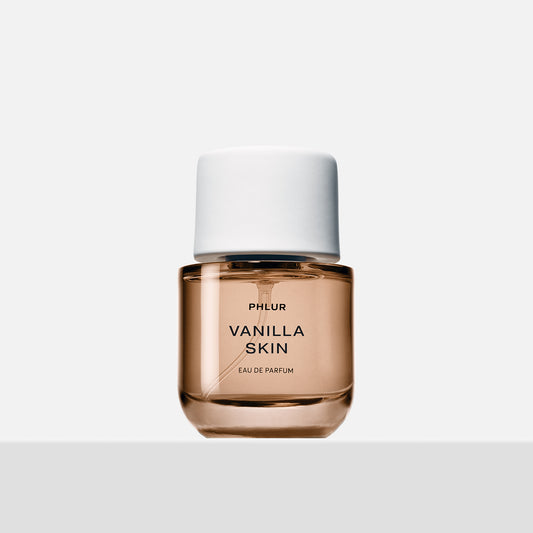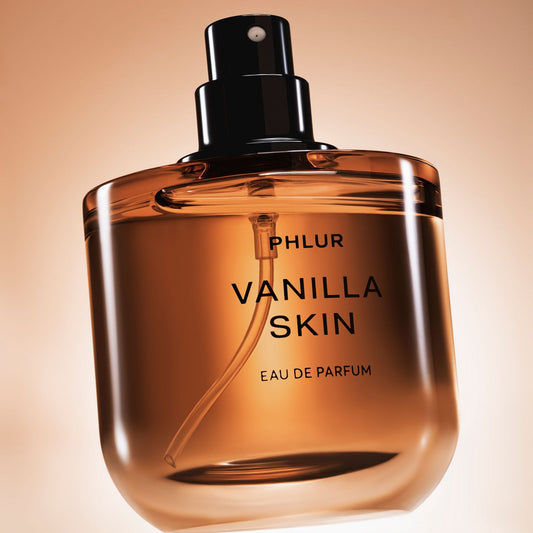What Is Jasmine?
Jasmine is a small, star-shaped flower known for its pleasantly strong sweet and heady floral aroma. Among the over 200 varieties of jasmine, jasmine sambac and jasmine grandiflorum are the two most commonly used in perfumery. The scent profile of jasmine sambac, also called arabian jasmine, is sweet, musky, and sultry, while jasmine grandiflorum has a softer, more floral, fresh and green scent. Some believe that the aroma of jasmine can act as an aphrodisiac, while others use it for aromatherapy to promote relaxation.
Origin:
Jasmine is a flowering plant native to tropical and subtropical regions. It is believed that the use of jasmine in perfumery originated in ancient India, where it was used in traditional Ayurvedic medicine and to make fragrant offerings to gods and goddesses. The use of jasmine in perfumery then spread to other parts of Asia, and then through Europe and the Middle East, via trade and the spread of ideas.
Today, jasmine is grown and utilized in perfumery worldwide, with major producers including France, Italy, and Morocco. The oil extracted from jasmine flowers, called jasmine absolute, is highly prized in perfumery for its intense and long-lasting floral scent. Because a large amount of jasmine flowers are needed to produce even a small amount of oil, jasmine absolute is an expensive and highly sought-after ingredient.
Function:
Jasmine is highly valued in perfumery for its sweet and floral scent. It is commonly used as a top or middle note in perfumes, providing a strong initial impression and contributing to the overall character of the fragrance. Jasmine is considered a versatile note and is used in a variety of perfumes such as floral, oriental, and chypre scents.
Additionally, jasmine is used to add depth and complexity to a fragrance, particularly when blended with other floral notes like rose, ylang-ylang or tuberose and paired with spicy or woody notes like sandalwood, cedarwood or patchouli to enhance the fragrance and provide more dimension.
Jasmine also functions as a fixative, prolonging the longevity of a fragrance by slowing down the evaporation of lighter scent components.
Ingredient Type:
In perfume development, jasmine is used in both its natural form and in synthetic form. Jasmine absolute is extracted from the flowers of the jasmine plant and is highly valued for its deep, intense, and long-lasting aroma. However, it is also one of the most expensive raw materials in perfumery due to the large number of flowers required to produce a small amount of oil.
Synthetic jasmine, on the other hand, is created by using chemical compounds to replicate the scent of the jasmine flower. These compounds closely mimic the aroma of natural jasmine and are often used to supplement or replace natural jasmine in perfumes. Synthetic jasmine is more cost-effective and readily available than natural jasmine, and Phlur perfumers choose to use it for environmental and ethical reasons.
What Does Jasmine Smell Like?
Jasmine's aroma is characterized by its complexity, featuring green, fruity top notes and a hint of spice. Its middle notes are heady and warm, with intense floral notes of true jasmine. The base notes are described as slightly musky, with a powdery nuance, creating a rich and intoxicating scent that evokes feelings of sensuality.
Jasmine is also known for its subtle nuances. Even though it has a distinctly floral aroma, that aroma can vary based on its origin and extraction method. For example, jasmine from India is known for its green and herbal notes, while jasmine from Egypt has a honey-like note.
Jasmine's scent is considered to be incredibly versatile, making it a popular choice for many different types of perfumes, from fresh and crisp floral fragrances to deep and musky oriental-inspired perfumes. Its ability to blend well with other ingredients also makes it a sought-after ingredient in perfumery, introducing depth and complexity to a fragrance.
Variations of in Perfumery:
Different variations of jasmine can be used to create various types of scent impressions. These variations of jasmine include:
- Jasmine Sambac: known for its strong and slightly fruity aroma
- Jasmine Grandiflorum: known for its sweet and rich aroma
- Jasmine Auriculatum:known for its sweet, floral, and slightly spicy aroma
- Jasmine Absolute: known for its soft, floral, fresh-green aroma
- Synthetic Jasmine:created using chemical compounds to mimic the scent of natural jasmine but less potent, complex, and long-lasting
Each jasmine variety has a unique aroma and can contribute different elements to a fragrance, depending on how it is used and layered with other ingredients.
What Fragrance Family is Jasmine in?
Jasmine is a keystone of the floral fragrance family. Widely known for its sweet, floral, and exotic aroma, it is often used as the main note in floral fragrances, or as a key component in complex floral compositions. Because jasmine is a versatile aroma, it could also be categorized as part of other fragrance families such as amber and subcategories like chypre, contributing to the overall depth and complexity of virtually any scent.

